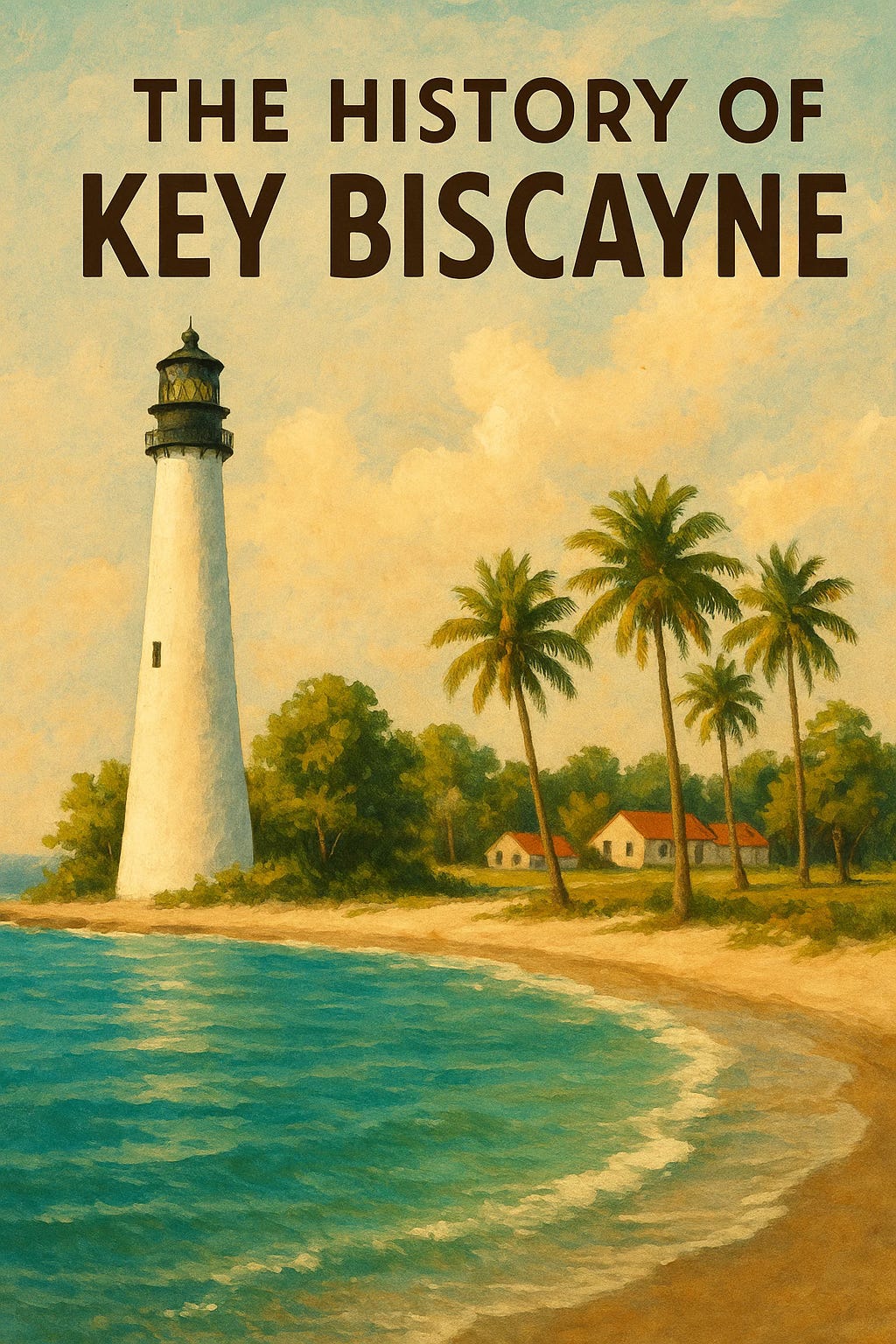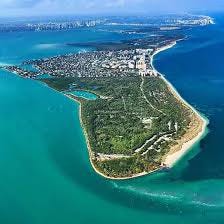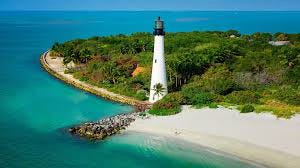The History of Key Biscayne: From Tequesta Roots to Tropical Paradise
The History of Key Biscayne: From Tequesta Roots to Tropical Paradise
Key Biscayne, a lush island paradise just south of Miami Beach, has a rich and layered history that spans indigenous roots, early colonial exploration, strategic military use, and modern development into one of Florida’s most coveted communities. This barrier island, now known for its serene beaches and upscale lifestyle, has experienced dramatic transformations over the centuries.
🌊 Tequesta Beginnings
Long before the arrival of Europeans, the Tequesta people inhabited the area that includes modern-day Key Biscayne. They lived off the rich coastal environment, fishing in the shallow waters and harvesting from the land’s lush vegetation. Archaeological findings, including shell tools and ceremonial artifacts, suggest that the island was part of a larger network of indigenous settlements throughout South Florida.
⚖️ Spanish Discovery and Lighthouse Legacy
In 1513, Spanish explorer Juan Ponce de León sailed near Key Biscayne, marking the beginning of European interest. By the 1800s, the U.S. government recognized the strategic value of the island and constructed the Cape Florida Lighthousein 1825. It guided ships through the Florida Reef and became a significant landmark, especially during the Seminole Wars.
The lighthouse was attacked and burned during the Second Seminole War in 1836 but was rebuilt and strengthened by 1847. Today, it remains a centerpiece of Bill Baggs Cape Florida State Park, one of the oldest and most iconic structures in South Florida.
🏡 20th Century Development and the Matheson Vision
In the early 1900s, wealthy industrialist William John Matheson bought much of the island and used it for his family estate and coconut plantations. His son, William “Bill” Matheson, later donated over 800 acres to the county, paving the way for Crandon Park.
Key Biscayne remained largely undeveloped until the post-WWII boom. The opening of the Rickenbacker Causeway in 1947 connected the island to mainland Miami, setting the stage for residential and resort development.
📅 Presidential Retreat and Cold War Era
In the 1960s, President Richard Nixon built a compound on Key Biscayne, often referred to as the "Winter White House." His frequent visits brought national attention to the island. During this time, Key Biscayne symbolized both tranquility and influence, combining luxury with proximity to power.
🏢 Incorporated Community and Modern Era
Key Biscayne was officially incorporated as a village in 1991. Today, it boasts a high standard of living, top-rated schools, and a diverse international population. The island balances its natural beauty with environmental conservation, making it a leader in coastal sustainability and hurricane resilience.
📷 Landmarks and Legacy
Cape Florida Lighthouse: A restored sentinel of maritime history.
Crandon Park: Former zoo and beach destination turned ecological preserve.
Bill Baggs State Park: Named after a Miami newspaper editor and conservationist.
Village Green: A central community hub for families and festivals.
🌿 Preserving Paradise
From its origins as a Tequesta fishing ground to a presidential retreat and now a model of sustainable island living, Key Biscayne’s history is both vibrant and instructive. Its past underscores the importance of stewardship, cultural heritage, and thoughtful development.
As sea levels rise and South Florida continues to grow, Key Biscayne’s story is still being written—a story of resilience, identity, and enduring beauty.
By Rafael Benavente



